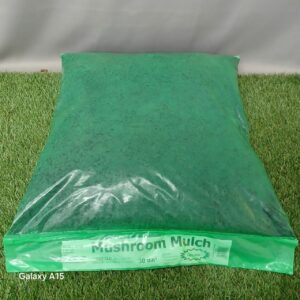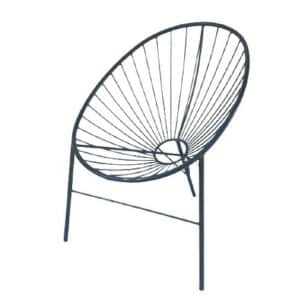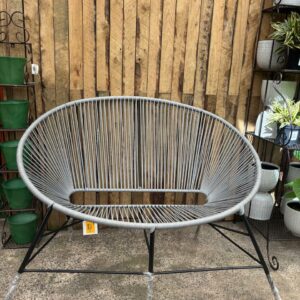Save water by planting indigenous plants
Indigenous and fynbos

Planting Indigenous Plants
One of the easiest ways that you can save substantial amounts of water in your garden is to opt for indigenous plants.
Here’s what you need to know about indigenous gardening :
What is ‘indigenous’? – Indigenous plants include all the plants appearing within the borders of South Africa. In general, most South African plants are drought-hardy and can grow in nutrient-poor soils. Check what sort of environment the indigenous plants that you buy naturally occur in. Arum lilies, for example, can tolerate extended drought, but will only thrive in fairly damp conditions. Clivias, on the other hand, like to dry out between waterings and are really very drought tolerant.
How does planting indigenous help home gardeners? – If you see your garden as a mini eco-system with wet spots, dry spots, sunny and shady ones, you’re sure to find the right plant to suit your purposes. A lot of indigenous plants can adapt to climates other than those in which they naturally occur. Tecomas (Cape honeysuckles), for instance, are from the summer rainfall areas. However, they can tolerate summer drought and thrive in winter rainfall areas with minimal additional watering in summer. In general, SA plants are lower maintenance and require less watering and feeding than exotic plants.
Can you create a pretty garden with indigenous plants? – You certainly can! There are also lots of indigenous plants that flower nearly all year round, so even small gardens can look colourful with indigenous plants. Leave a little space for those striking plants that do their thing once a year, but do it in style! Spring-flowering clivias are a good example. There are also plants that will flower in specific seasons, but have a long flowering time. Plectranthus, for instance, will flower from autumn through the winter.
Will indigenous plants save you time and money? – Definitely! Once your indigenous garden is established, it won’t require a lot of extra feeding and watering to keep your plants going. True, you’ll give your plants a helping hand in dry periods and a feed now and then gets them growing more lushly, but they’ll forgive you during water restrictions and they’ll tolerate low nutrient levels better than most plants will. Feeding isn’t really expensive, but we all know how costly municipal water is!
What’s all the fuss about? – Did you know that Table Mountain has more plant species than the entire British Isles? That’s one mountain, compared to a fairly large group of islands! People come from all over the world to see our amazing flora. There’s so much diversity, so many colours and forms that we’re totally spoiled for choice. People in Europe get madly excited about plants we take for granted, over-wintering them in greenhouses and nurturing them as high value items.
Let’s start appreciating our amazing local flora!
You might also like
Shop online
-
HAMSTER WHEEL
- R79.99
- Add to cart Learn More
-
LOUNGER POD 92X68.5X87CM
- R1,764.99
- Add to cart Learn More
-
2 SEATER POD LOUNGER STRING
- R3,779.99
- Select options This product has multiple variants. The options may be chosen on the product page Learn More




